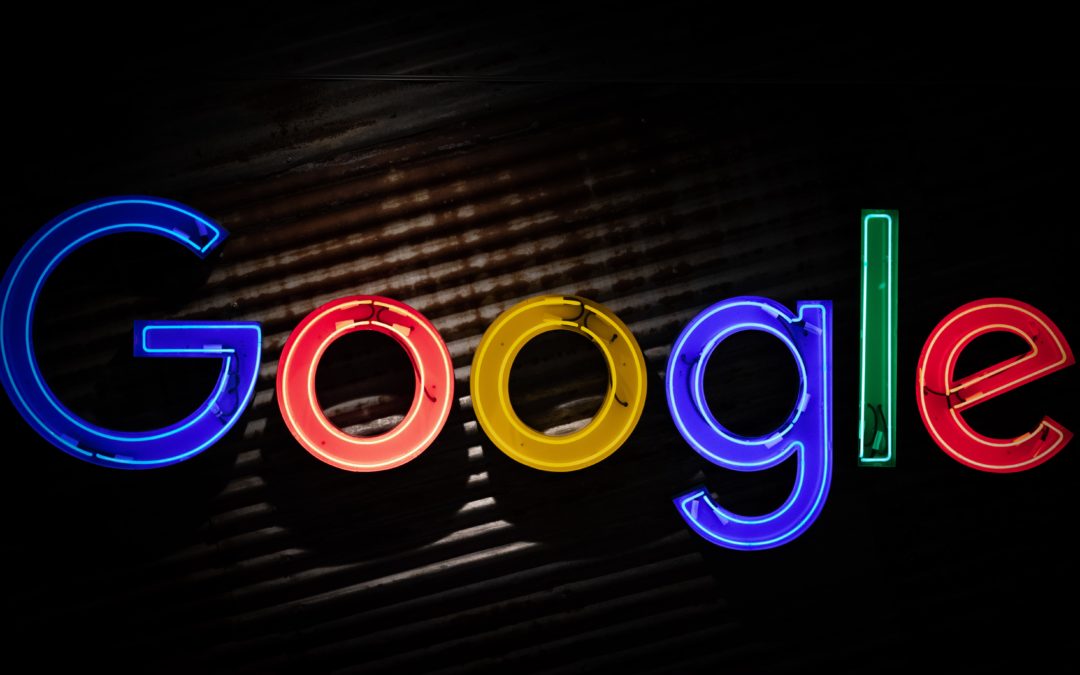An administrative law judge orders Google to turn over more documents, including one that describes an effort to convince employees that “unions suck.”
About Google:
A NEWLY RELEASED document sheds light on Google’s efforts to quash activism, including for a union, among its employees. In an order submitted Friday, an administrative law judge for the National Labor Relations Board told Google to turn over to the attorney representing a group of current and former employees documents related to its “Project Vivian,” and its hiring of a consulting firm that advises employers battling unionization efforts.
Google launched Project Vivian to dissuade employees from unionizing after worker activism began heating up in late 2018. In the order, Michael Pfyl, Google’s director of employment law, is quoted describing Project Vivian’s mission as “to engage employees more positively and convince them that unions suck.” The context for Pfyl’s description isn’t clear from the order, which also references an effort to use the media to quietly disseminate Google’s point of view about unionized tech workplaces.
The judge, Paul Bogas, ordered Google to comply with portions of a subpoena for documents related to Project Vivian, as well as Google’s hiring of IRI Consultants, the anti-union firm. In November, Bogas issued a similar order for other documents concerning Vivian and IRI; the subpoena covers more than 1,500 documents.
Read: Get the Most out of Video Marketing
Google Subpoena
The subpoena is part of an NLRB case brought by seven Google employees and ex-employees in December 2019. (One former employee has since settled.) Five workers were fired and two were disciplined after they engaged in workplace activism, including efforts to improve working conditions for Google contractors, and circulating a petition calling on the company to end its contract with US government agencies involved in immigrant deportation and family separation. Paul Duke, one of the fired employees who brought the charges, says the organizing was part of an effort to lay the foundation for a union.
Responding to the former employees’ claims that they were fired in retaliation for workplace organizing, a Google spokesperson wrote, “The underlying case here has nothing to do with unionization. It’s about employees breaching clear security protocols to access confidential information and systems inappropriately”—a reference to internal documents the employees accessed.
Read: The beginner’s Guide to Rich Media Ads
Duke flatly rejects the claim that he and his colleagues breached security protocols, saying the documents were accessible to all engineers and that the company later classified them “need to know.”
In its objections to the subpoenas, Google claimed attorney-client privilege and “work product privilege,” which protects materials prepared in anticipation of litigation. Bogas rejected many of these claims, calling one assertion “to put it charitably, an overreach.” Of the efforts to characterize a potential union election as litigation, and therefore privileged, he wrote, “The respondent cannot spin the mere fact of a nascent organizing effort among employees into ‘litigation’—like straw spun into gold—that entitles it to cloak in privilege every aspect of its anti-union campaign.”
Read: 9 SEO Insight’s You Must Follow
Bogas’ order references an effort by Google executives, including corporate counsel Christina Latta, to “find a ‘respected voice to publish an op-ed outlining what a unionized tech workplace would look like,” and urging employees of Facebook, Microsoft, Amazon, and Google not to unionize. The order says that in an internal message Google human resources director Kara Silverstein told Latta that she liked the idea, “but that it should be done so that there ‘would be no fingerprints and not Google-specific.’” According to the order, IRI later provided a proposed draft of the op-ed to Latta; it’s not clear if the article was ever published.
 Google hired IRI as early as 2019, according to a report by The New York Times, during a period when employee activism was at a fever pitch. The company had been accused of retaliating against the employees who organized the 2018 Google walkout and squelching worker dissent by installing a tool that flagged calendar events for large numbers of participants. In January 2021, the Alphabet Workers Union, an informal union without collective bargaining rights and affiliated with the Communications Workers of America, went public.
Google hired IRI as early as 2019, according to a report by The New York Times, during a period when employee activism was at a fever pitch. The company had been accused of retaliating against the employees who organized the 2018 Google walkout and squelching worker dissent by installing a tool that flagged calendar events for large numbers of participants. In January 2021, the Alphabet Workers Union, an informal union without collective bargaining rights and affiliated with the Communications Workers of America, went public.
Duke says the details in the order clash with Google’s internal messaging to employees. He cited executives’ emphasis on listening to feedback from an annual employee survey, as well as a 2018 internal memo by CEO Sundar Pichai saying he supported the walkout and a blog post pledging to support employees and improve Google’s handling of sexual harassment claims and diversity initiatives. “There was always this message that was intended to come off like, we’re a family. We care about workers,” he says. “Really, behind the scenes, they’re trying to kill these union efforts and organizing efforts in general.”
Read: 3 High-Impact Marketing Strategies
The hearing for the NLRB case began in August but was paused soon after when Google failed to comply with this and other subpoenas. Meanwhile, the employees’ lawyer has asked a federal court to enforce the subpoenas because the NLRB’s enforcement powers are limited. The hearing is scheduled to resume in February, but could be delayed further while the subpoena tussle plays out.
When it does reconvene, the employees plan to call Kent Walker, Google’s president of global affairs and chief legal officer, to testify. When they initially subpoenaed Walker in August, the company resisted that too. The labor board denied its request.
Article courtesy of WIRED by Caitlin Harrington. Harrington is a research editor at WIRED and also writes for the magazine.


